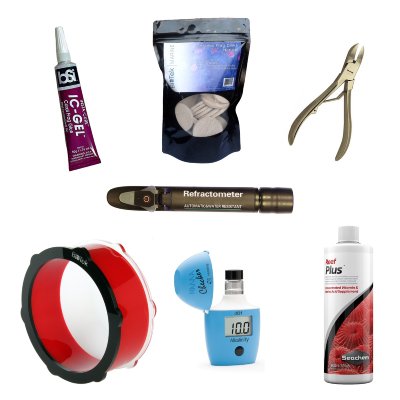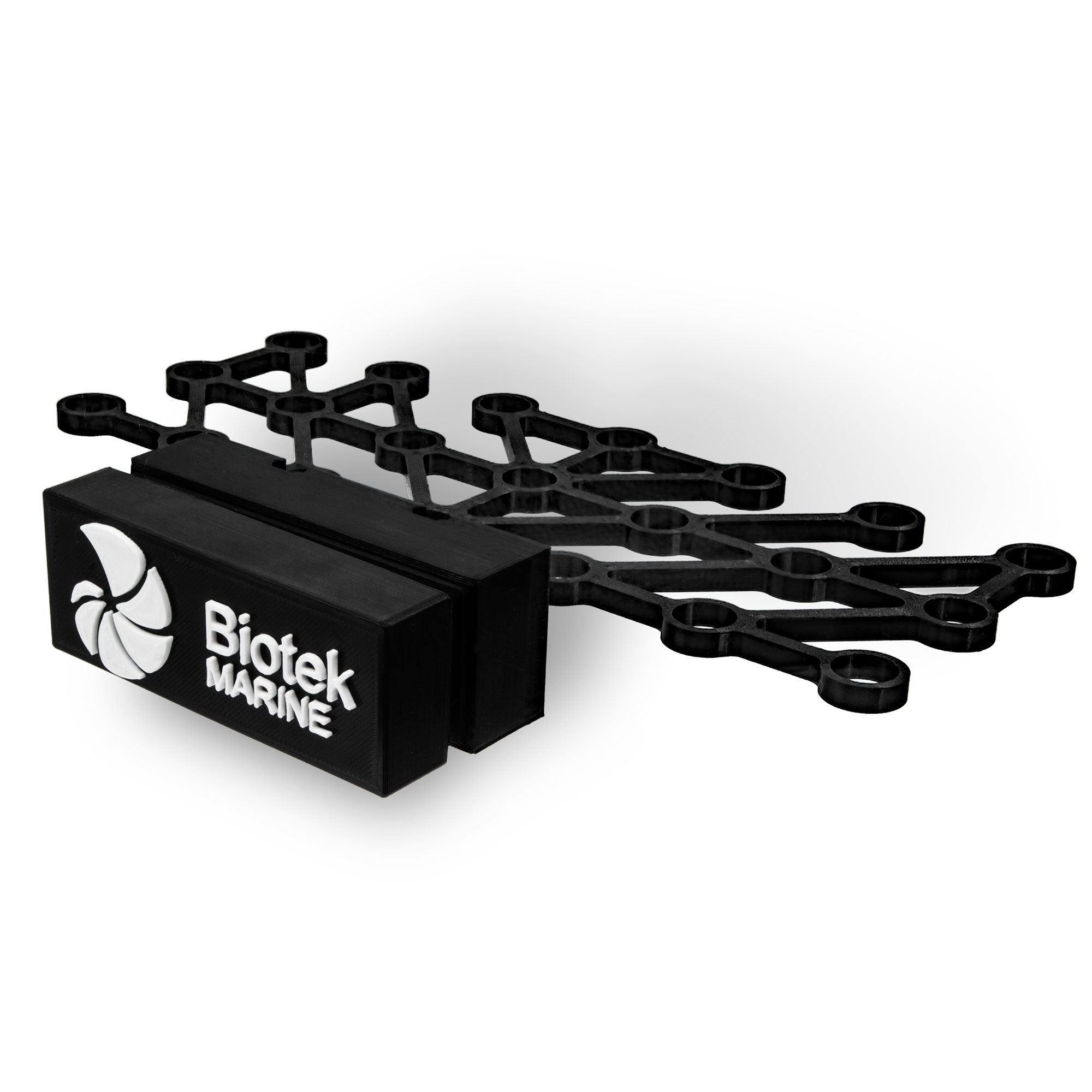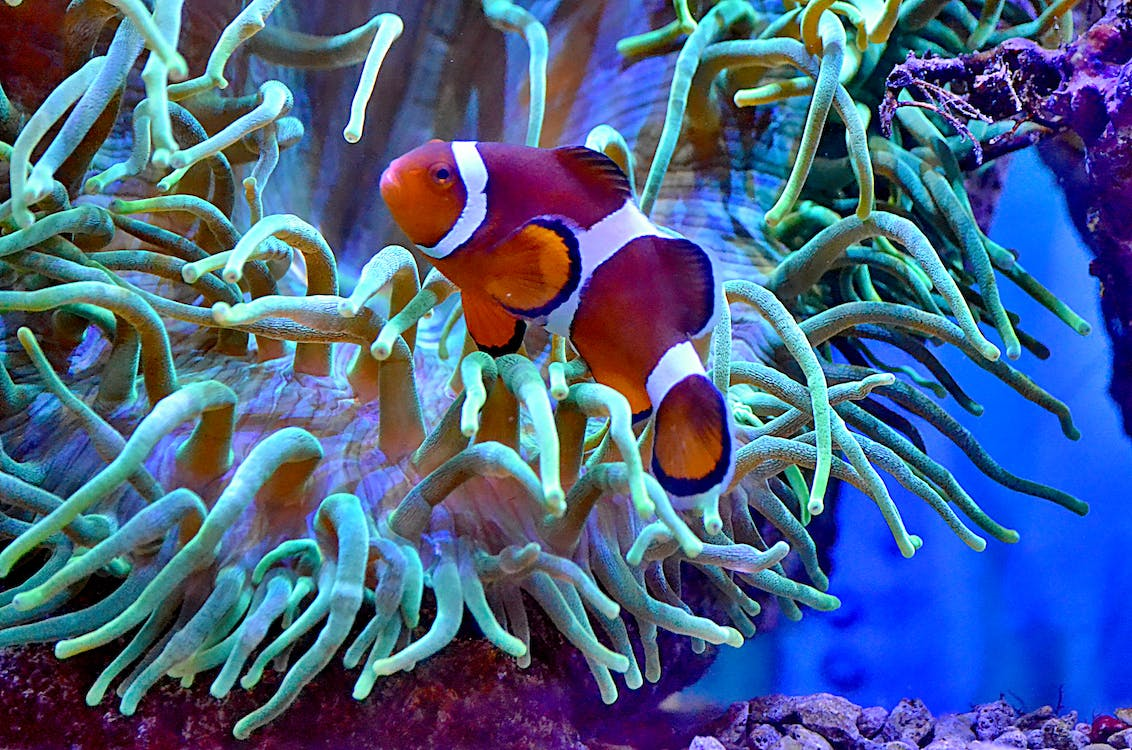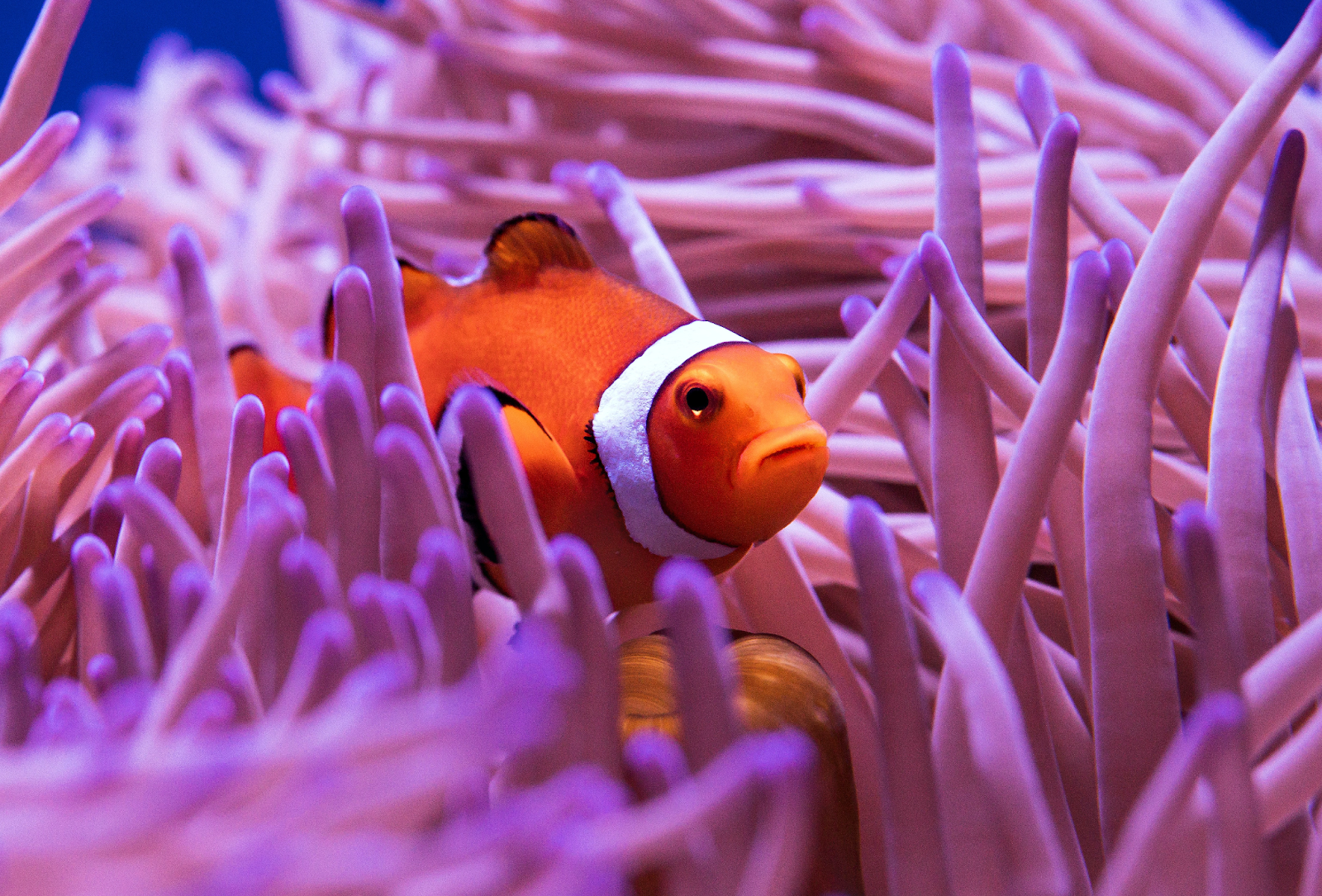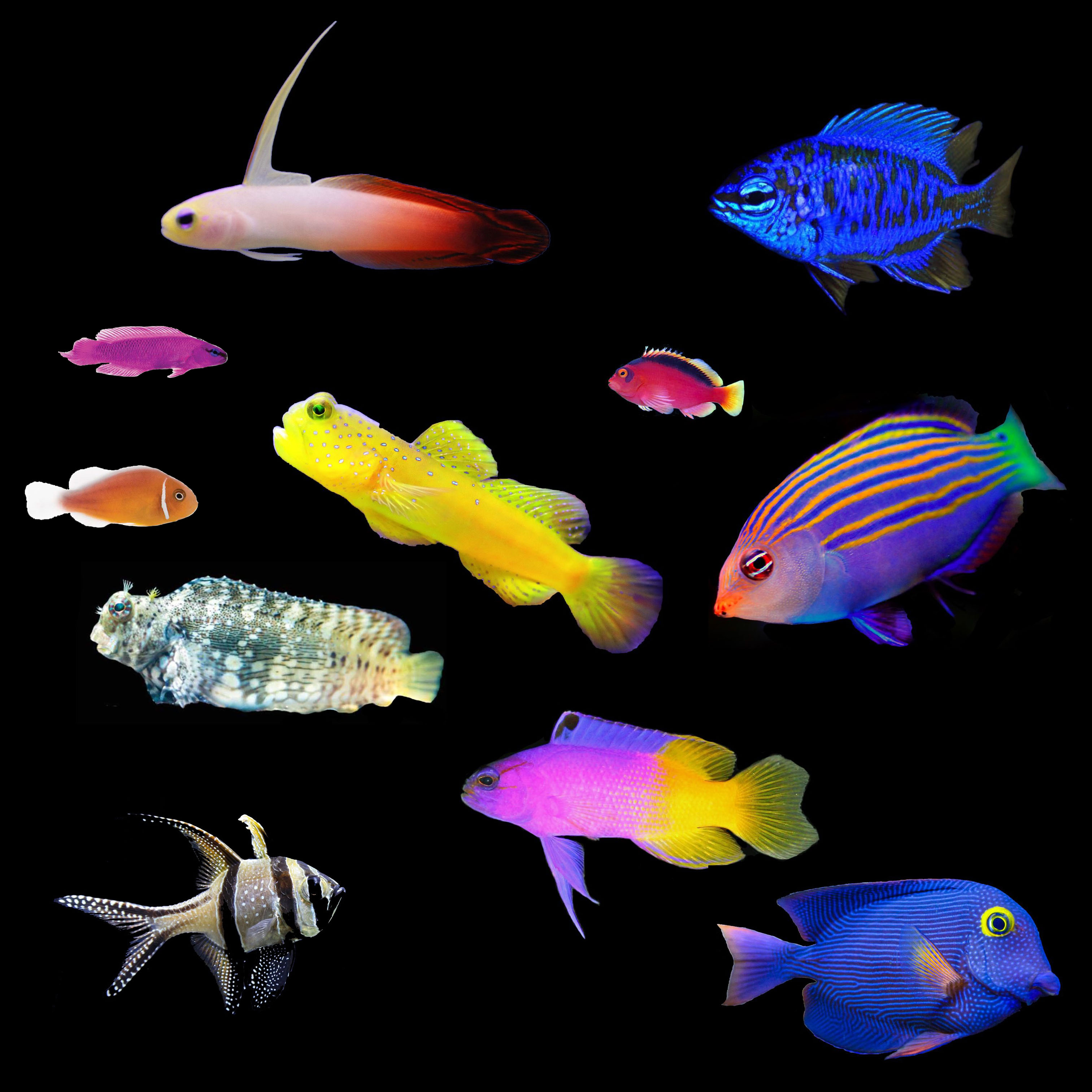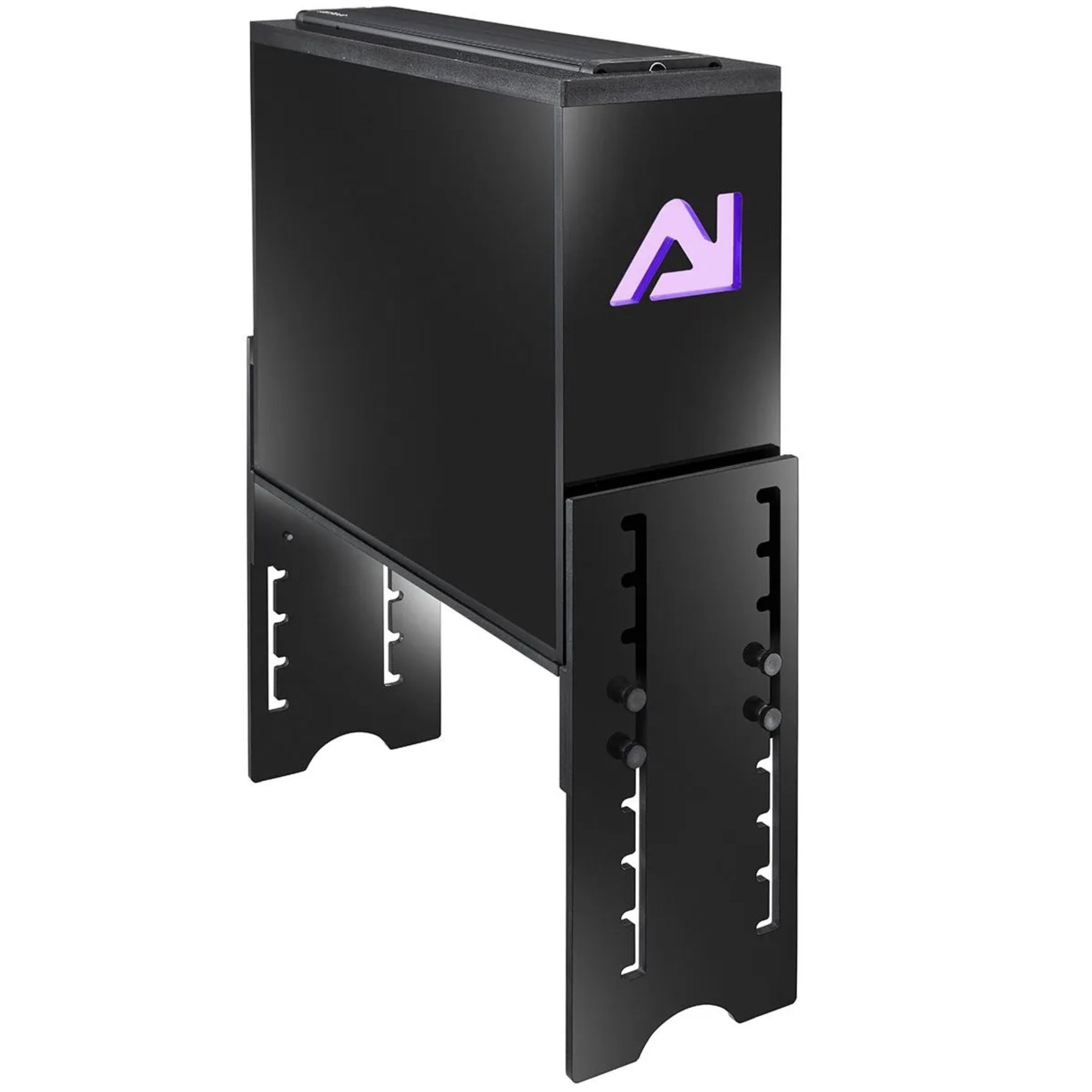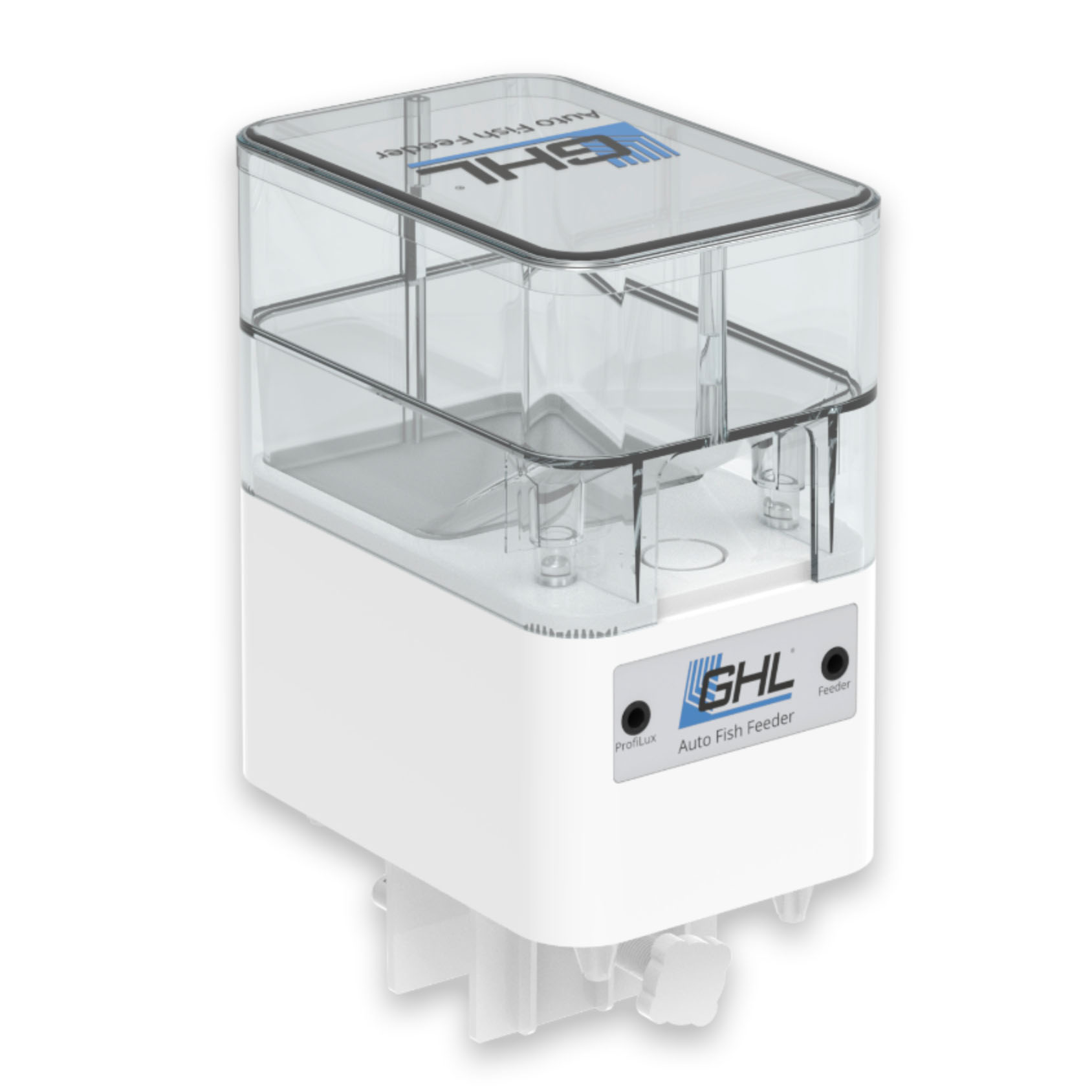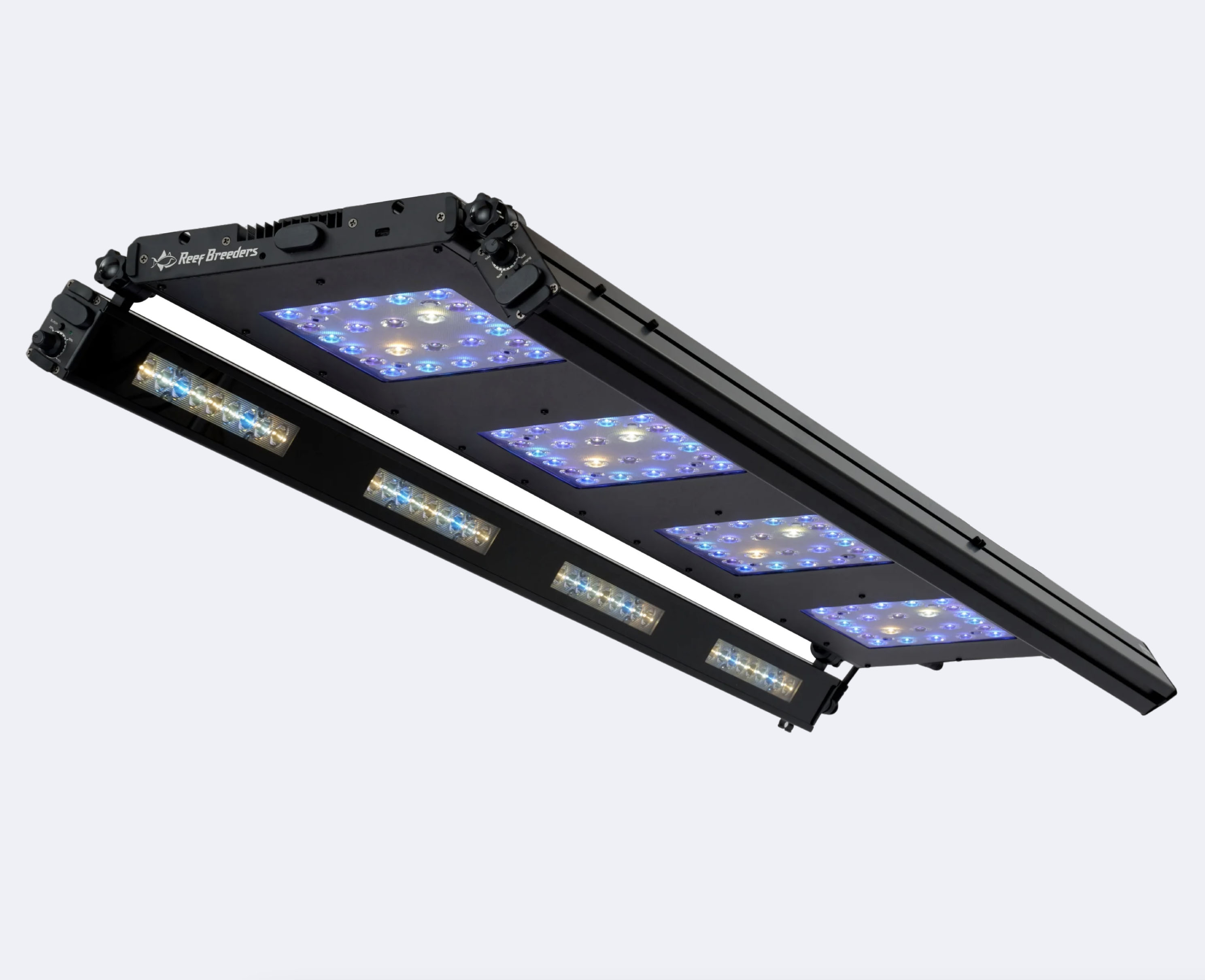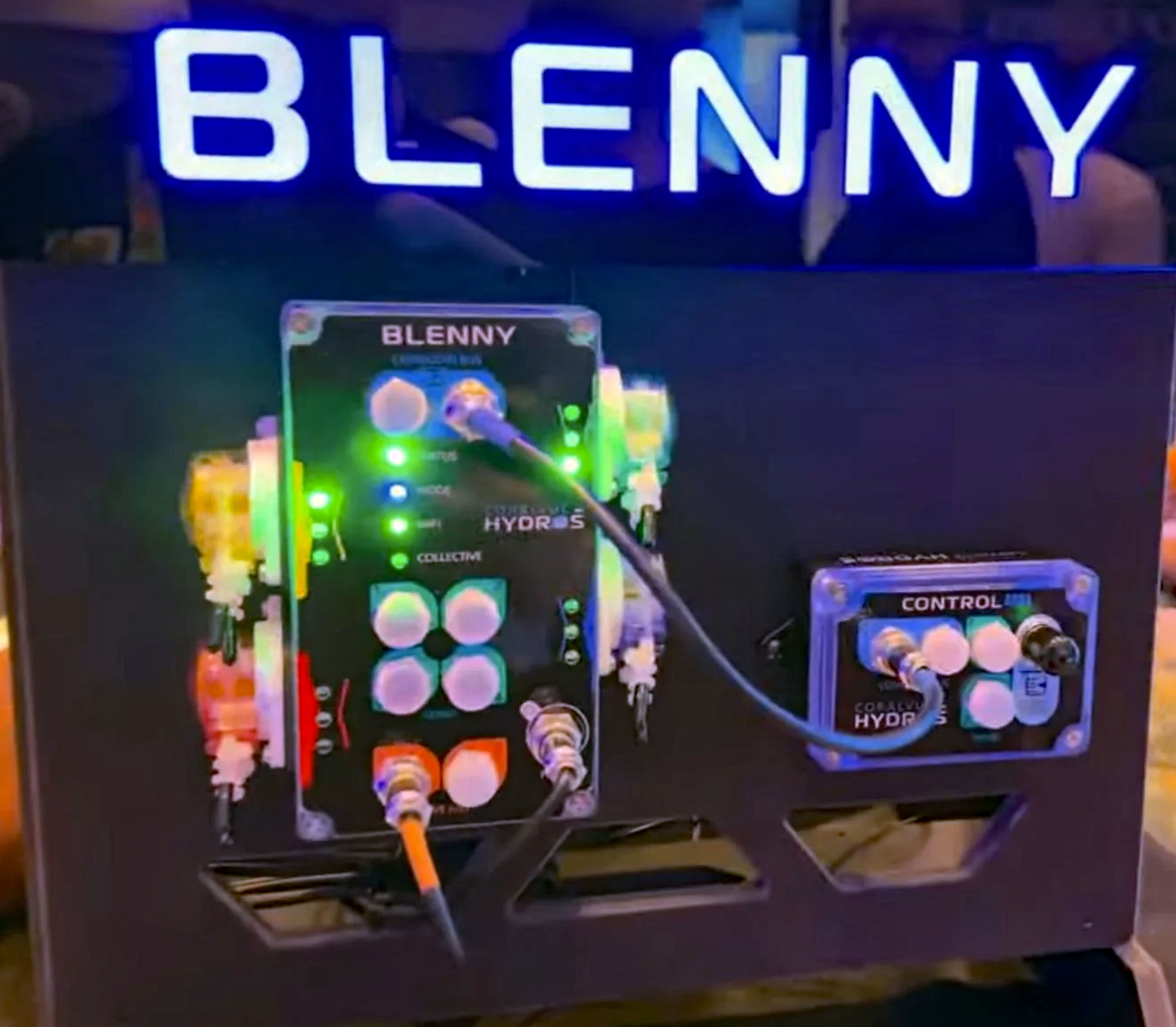We use cookies to make your experience better. To comply with the new e-Privacy directive, we need to ask for your consent to set the cookies. Learn more.
How to Keep Your Aquarium Alive During a Power Outage
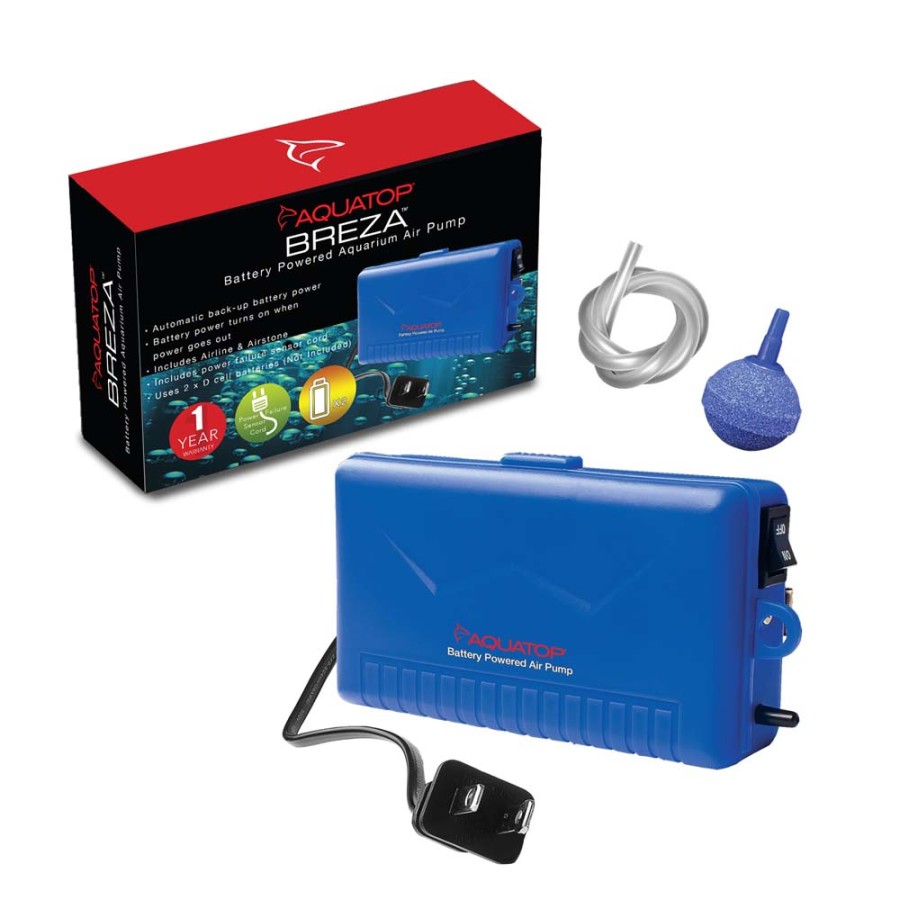
Power outages can be a nightmare for aquarium enthusiasts. Without electricity, essential systems like filtration, heating, and oxygenation come to a halt, endangering the life of your aquatic inhabitants. However, with proper preparation and backup solutions, you can minimize the risk to your aquarium. This guide will explore different options to keep your tank alive during power failures. With the recent and devistating hurricane Hellene that crashed into Florida and passed through GA, SC, NC, TN and northward it is our hope that you will be prepaired as much as you can as it relates to protecting your aquarium livestock.
Before we begin with the tips I would like to say that our thoughts and prayers go out all the families that were impacted in any degree buy this horribly devastating storm. It's been heavily weighing on all of us as I'm sure it has for many.
1. Battery-Powered Air Pump

A simple and affordable solution is a battery-powered air pump. These pumps are designed to keep the water aerated, which is critical for fish survival during a power outage. Oxygen depletion can be the biggest immediate threat, especially in well-stocked tanks. A battery-powered air pump will provide the necessary surface agitation to maintain oxygen levels. Here’s why it’s useful:
- Pros: Inexpensive, portable, and easy to use.
- Cons: Only provides oxygenation and doesn’t power other vital systems like filtration or heating.
Tip: Keep spare batteries on hand and test the pump periodically to ensure it's ready in case of an emergency.
2. Battery Backup Systems
For aquarists looking for more comprehensive protection, battery backup systems provide a reliable way to power essential equipment like water pumps, filters, and heaters. Two popular options include the Ecotech Marine and IceCap battery backups.
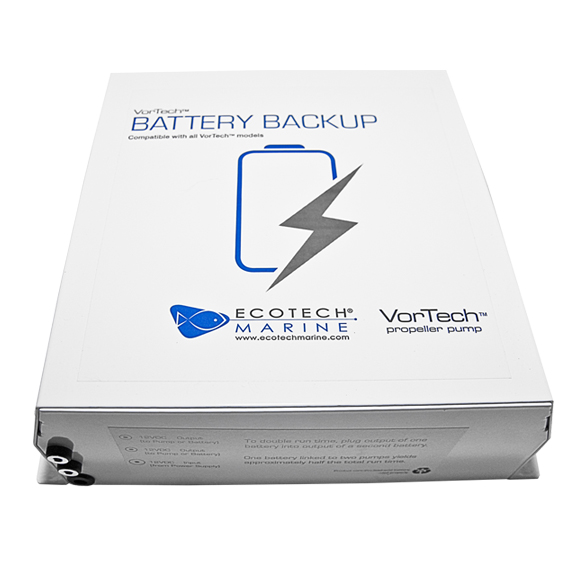
a. Ecotech Battery Backup
The Ecotech battery backup is designed specifically for Ecotech’s pumps, like the Vectra and VorTech. It automatically kicks in when power is lost, keeping water circulation going, which is essential for oxygenation and preventing harmful temperature stratification. If you are hooking this up to a Vectra pump then you will want to add the optional Vectra booster. Be sure to periodically test the battery to make sure it is working properly. We have seen reports of them failing on ocassion.
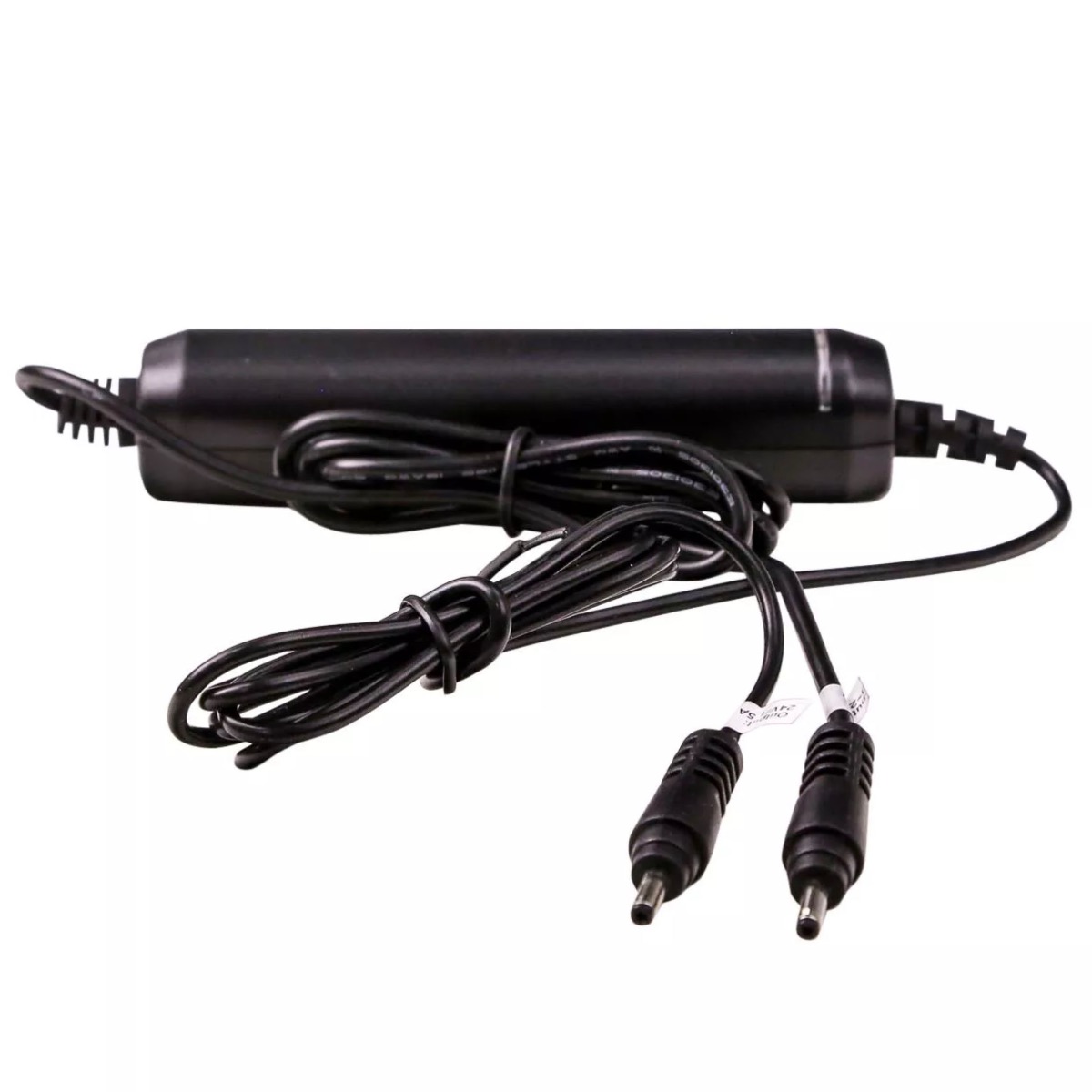
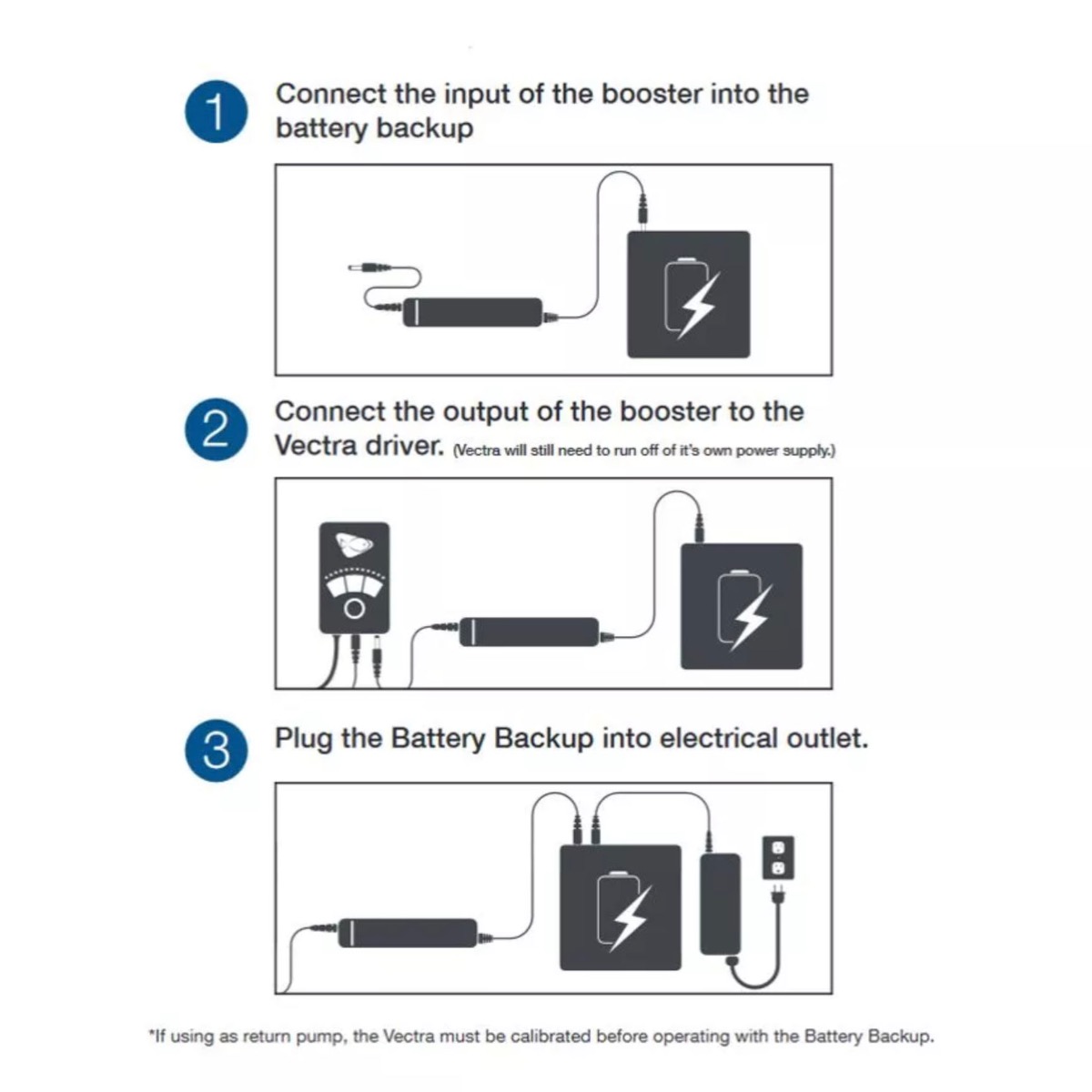
- Pros: Seamless integration with Ecotech products, long battery life (up to 72 hours for VorTech pumps).
- Cons: Primarily supports Ecotech equipment, so it may not work with other brands.
b. IceCap Battery Backup
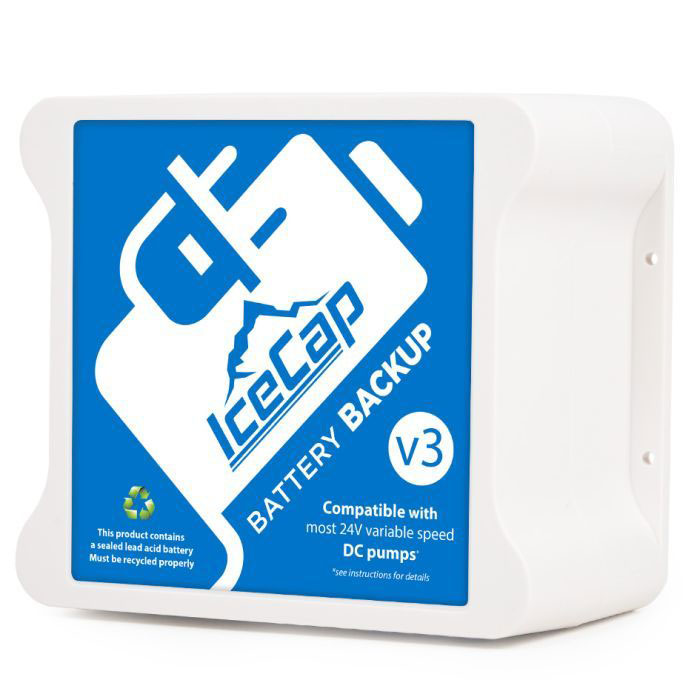
The IceCap battery backup is a versatile option, compatible with a wide range of DC-powered aquarium pumps. It powers equipment that keeps water moving, preventing stagnation and oxygen depletion.
- Pros: Compatible with various pump brands, provides long-lasting power (up to 35 hours).
- Cons: Limited to powering DC pumps, so it won't support heaters or lights.
3. Battery Backup with Inverter
For those with a larger system or a desire to keep more than just the pumps running, investing in a battery backup system with an inverter might be the answer. This option converts battery power into AC power, meaning it can run more complex equipment like heaters, protein skimmers, and lighting.
- Pros: Powers more essential equipment, versatile.
- Cons: More expensive, requires more setup, and power duration depends on the battery size.
4. Generators
For longer outages or more significant systems, a generator is the most reliable solution. Generators can power your entire aquarium system, including lights, heaters, pumps, and filters, for as long as fuel is available.
a. Portable Generators
Portable generators offer a powerful solution for keeping aquariums running during extended outages. These units can power not only your tank but also other household appliances, making them a smart investment for areas prone to outages.
- Pros: High power output, can run all essential equipment.
- Cons: Requires fuel, produces noise, and may require manual startup.
b. Automatic Standby Generators
For ultimate peace of mind, an automatic standby generator can be installed. These generators automatically turn on when the power goes out, providing seamless operation. They are often connected to a natural gas or propane line, so you don’t need to worry about refueling.
- Pros: Fully automated, capable of powering the entire house, reliable for long-term outages.
- Cons: Expensive and requires professional installation.
5. Manual Techniques During Power Outages
If you’re caught off guard without backup equipment, you can use manual techniques to help your aquarium survive:
- Water movement: Use a clean cup or container to scoop and pour tank water, which will help oxygenate the water and keep fish healthy.
- Temperature control: If the tank temperature starts to drop, wrap the aquarium in blankets or towels to help insulate it. Conversely, you can place frozen water bottles in the tank to cool it down if the room becomes too hot.
Power outages don’t have to spell disaster for your aquarium. With options ranging from simple battery-powered air pumps to advanced generator setups, you can ensure your aquatic life remains safe even in the event of an emergency. Prepare now by choosing the best option for your setup, and you’ll be ready to keep your aquarium friends safe and healthy.




